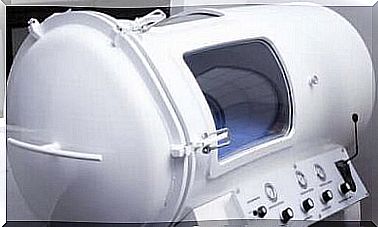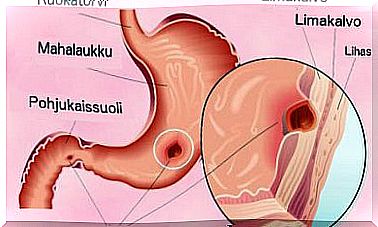Starting Childbirth: How And When?

Initiation of labor means that uterine contractions are started artificially. This is a programmed procedure that midwives use in certain problem situations.
Now we tell you all the essentials about this process.
Starting childbirth
Unlike normal childbirth, where contractions begin spontaneously, at the start of labor, they are artificially induced by medication.
While waiting for a natural start is always recommended, sometimes it is better or even forced to do this artificially. Initiation of labor may be necessary for several reasons.
When does your doctor recommend starting a birth?

This is the case in special situations where the health of the mother or baby may be at risk. Examples include:
- Prenatal membrane rupture. When amniotic fluid comes in, contractions usually begin. Sometimes, however, amniotic fluid comes early and the contractions do not begin. If they have not started 12 to 24 hours after the arrival of the amniotic fluid, the midwife may initiate labor to avoid complications.
- Prolonged pregnancy. After the 42nd week of pregnancy, initiation of labor may be considered.
- Maternal illness. Sometimes a maternal illness (such as diabetes or high blood pressure) can cause complications, and to prevent this, it is best to start childbirth if the pregnancy is already advanced enough.
- The entry of meconium into the baby’s airways in amniotic fluid. Baby resin refers to a baby’s first feces and can be a hazard to the fetus or even death if inhaled.
- Fetal macrosomes. In this case, the fetus is abnormally large, and since this is a risk to both the mother and the fetus, your doctor may recommend starting labor.
- Fetal death in uterus. Even in this unfortunate situation, you have to start giving birth.
After assessing the situation and circumstances for both the mother and the fetus, the midwife decides whether the birth should be initiated.
How to start childbirth?
The process takes place in two parts:
Step 1: Cervical opening
To initiate labor, the cervix should be at least 2-3 cm open. The midwife gives the woman prostaglandins (hormones that stimulate the uterus) to begin the opening phase.
After that, it can still take a long time before the cervix is open enough and labor begins. Therefore, the drug is usually given at night to allow the mother to rest and prepare for childbirth.
Step 2: Amniotomy (and oxytocin)
When the cervix is sufficiently opened, the midwife breaks the amniotic sac to stimulate contractions. If the contractions do not start naturally, the midwife may give oxytocin.
Oxytocin is a hormone that causes contractions of the uterine muscles and is given intravenously. At the same time, fetal and maternal heart rhythms are monitored, as are contractions.
Normally, the first dose of oxytocin is small and the midwife decides how to increase the amount. After administration of oxytocin, contractions may begin abruptly and be painful – a phase that can be painful for both mother and fetus. Therefore, the midwife monitors the whole process very closely.
This causes labor to begin, and then continues naturally, unless there are complications requiring caesarean section.
Risks of initiating labor

Although this process is long and potentially painful, it does not cause serious complications.
The most significant risks to the mother are due to the prolongation of the process, as it can be exhausting or cause a fever (due to medication).
In addition, the fetus may not feel comfortable in the womb during the process. A midwife may decide to undergo a caesarean section, although this has its own risks. However, this is not normally the case, and most initiated deliveries result in a subcutaneous delivery in which no complications occur.
So if you have to experience the onset of labor, try not to worry. Even if the process is very long, the staff will guide you through each step, and after waiting, you will eventually get your baby in your arms.









